Growing Popularity of Esports
The rise of esports has significantly impacted the Gaming Simulation Market. With millions of viewers and participants worldwide, esports has transformed gaming into a competitive and spectator sport. This trend has led to increased investment in gaming simulations that replicate real-world sports and competitive scenarios. According to recent estimates, the esports market is expected to reach a valuation of over 1 billion dollars by 2026. This growth is likely to drive demand for high-quality simulation games that can provide realistic training environments for aspiring professional gamers. Consequently, the Gaming Simulation Market is poised to benefit from this burgeoning interest in competitive gaming, as developers seek to create more sophisticated and engaging simulation experiences.
Rise of Mobile Gaming Platforms
The proliferation of mobile gaming platforms is reshaping the Gaming Simulation Market. With the increasing accessibility of smartphones and tablets, a broader audience is engaging with gaming simulations. Recent data indicates that mobile gaming accounts for nearly 50% of the total gaming revenue, highlighting its significance in the market. This trend is encouraging developers to create simulation games tailored for mobile devices, which often feature simplified controls and shorter gameplay sessions. As a result, the Gaming Simulation Market is likely to see a diversification of its offerings, catering to casual gamers while still appealing to hardcore simulation enthusiasts. The adaptability of mobile platforms may also lead to innovative gameplay mechanics that enhance user engagement.
Emergence of Cloud Gaming Services
The emergence of cloud gaming services is transforming the Gaming Simulation Market by enabling players to access high-quality games without the need for expensive hardware. This model allows for seamless streaming of games, making it easier for users to engage with complex simulations that require substantial processing power. As cloud gaming technology continues to evolve, it is expected that the market will expand, with projections indicating a potential growth rate of over 20% in the coming years. This shift may democratize access to gaming simulations, allowing a wider audience to experience high-fidelity games. Consequently, the Gaming Simulation Market is likely to adapt to this trend by developing games that are optimized for cloud platforms, ensuring a smooth and engaging user experience.
Increased Investment in Educational Simulations
The Gaming Simulation Market is witnessing a notable increase in investment directed towards educational simulations. As educational institutions recognize the value of interactive learning, there is a growing demand for simulation-based training tools. These tools are being utilized in various fields, including healthcare, aviation, and engineering, to provide hands-on experience in a controlled environment. Recent reports suggest that the educational simulation market is expected to grow significantly, with projections indicating a potential market size of over 10 billion dollars by 2027. This trend is likely to drive innovation within the Gaming Simulation Market, as developers create more sophisticated educational tools that enhance learning outcomes and engagement.
Technological Advancements in Gaming Simulation
The Gaming Simulation Market is experiencing a surge due to rapid technological advancements. Innovations in graphics, processing power, and artificial intelligence are enhancing the realism and interactivity of simulations. For instance, the integration of machine learning algorithms allows for more adaptive and personalized gaming experiences. As a result, the market is projected to grow at a compound annual growth rate of approximately 15% over the next five years. This growth is driven by the increasing demand for high-quality graphics and immersive experiences, which are becoming essential in attracting and retaining players. Furthermore, advancements in hardware, such as virtual reality headsets and haptic feedback devices, are likely to redefine user engagement in the Gaming Simulation Market.


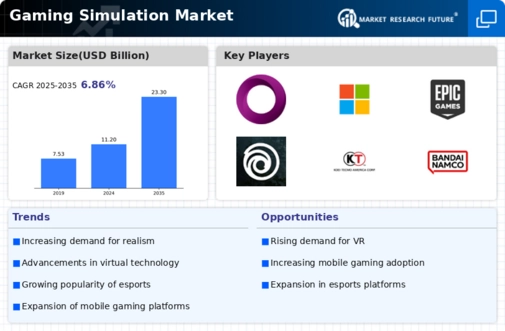
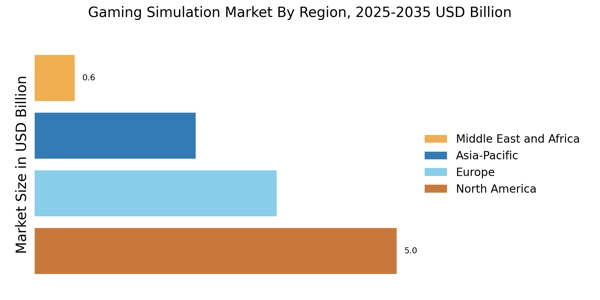
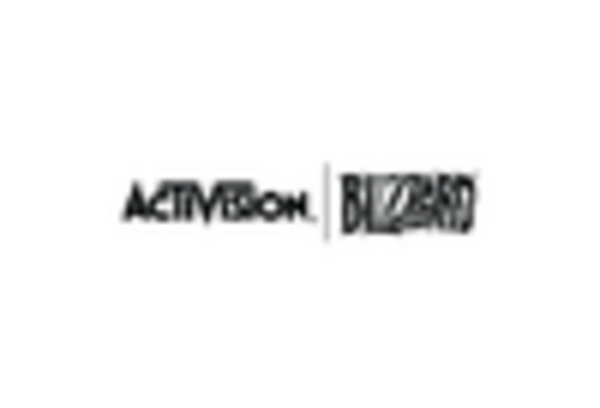



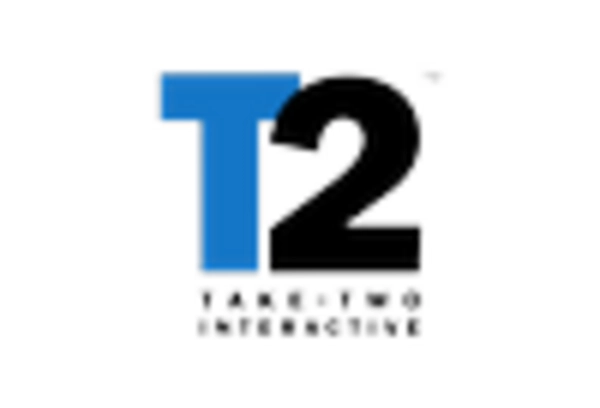
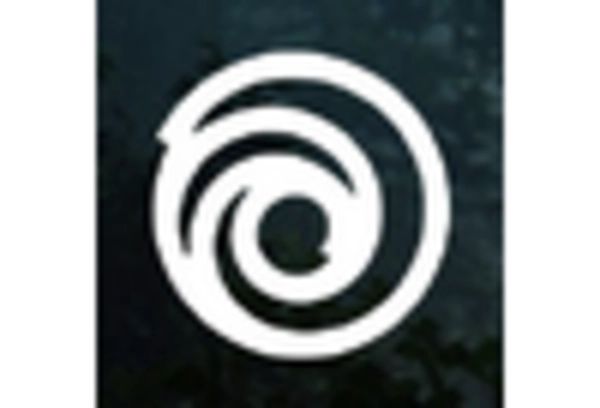








Leave a Comment